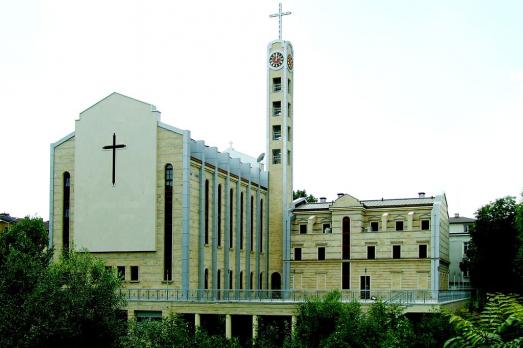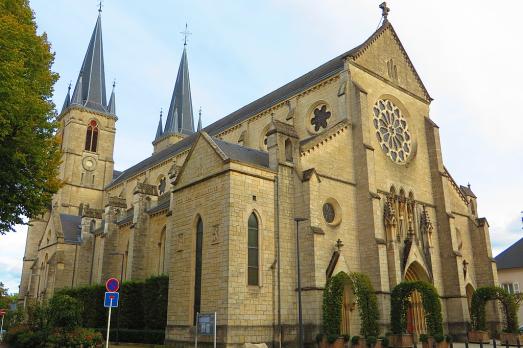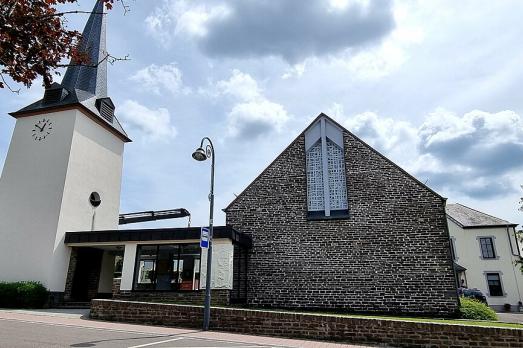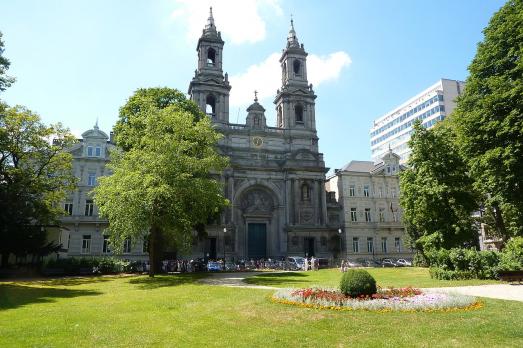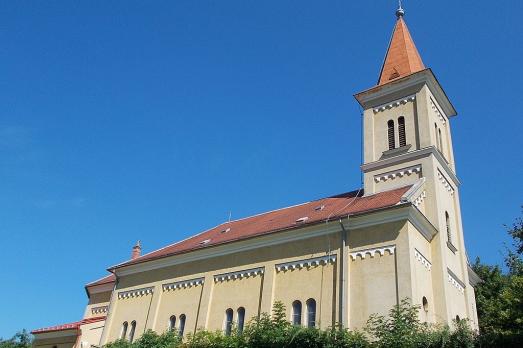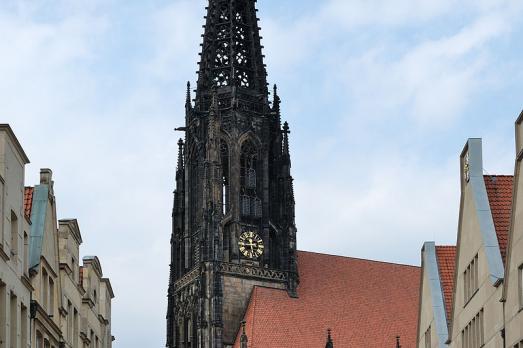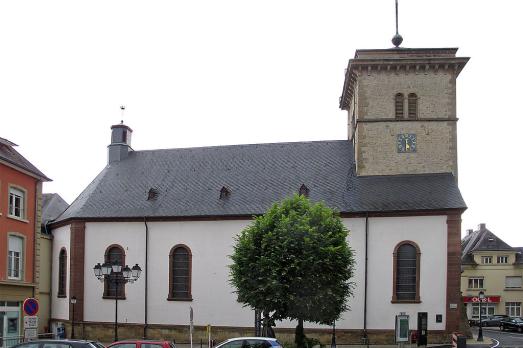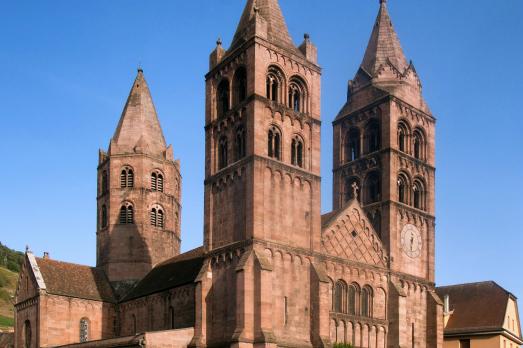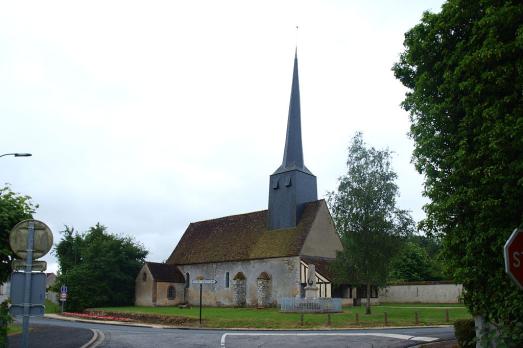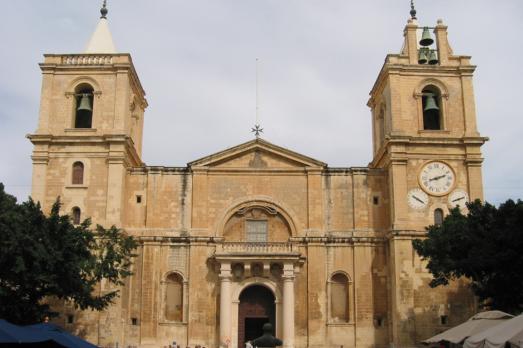
Saint John's Co-Cathedral
Valletta, MT
The St. John's Co-Cathedral was built in the 16th century as a monastic church for the purposes of the Knights Hospitaller Order, also known as the Maltese Knights. About 400 members of the Order were buried in the building, whose tombstones are among Malta's major artistic and historical treasures.
